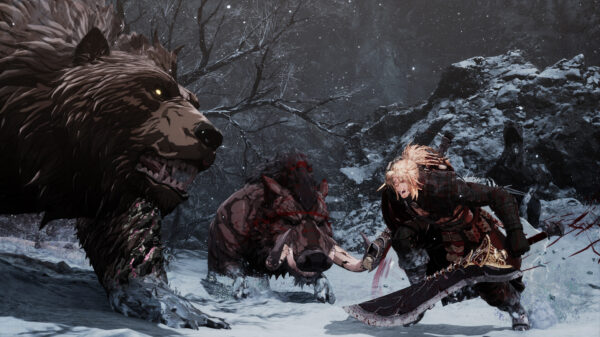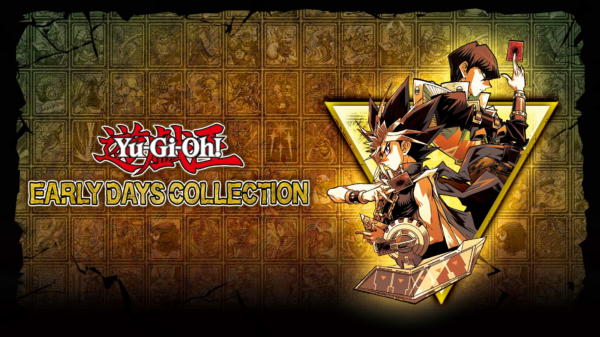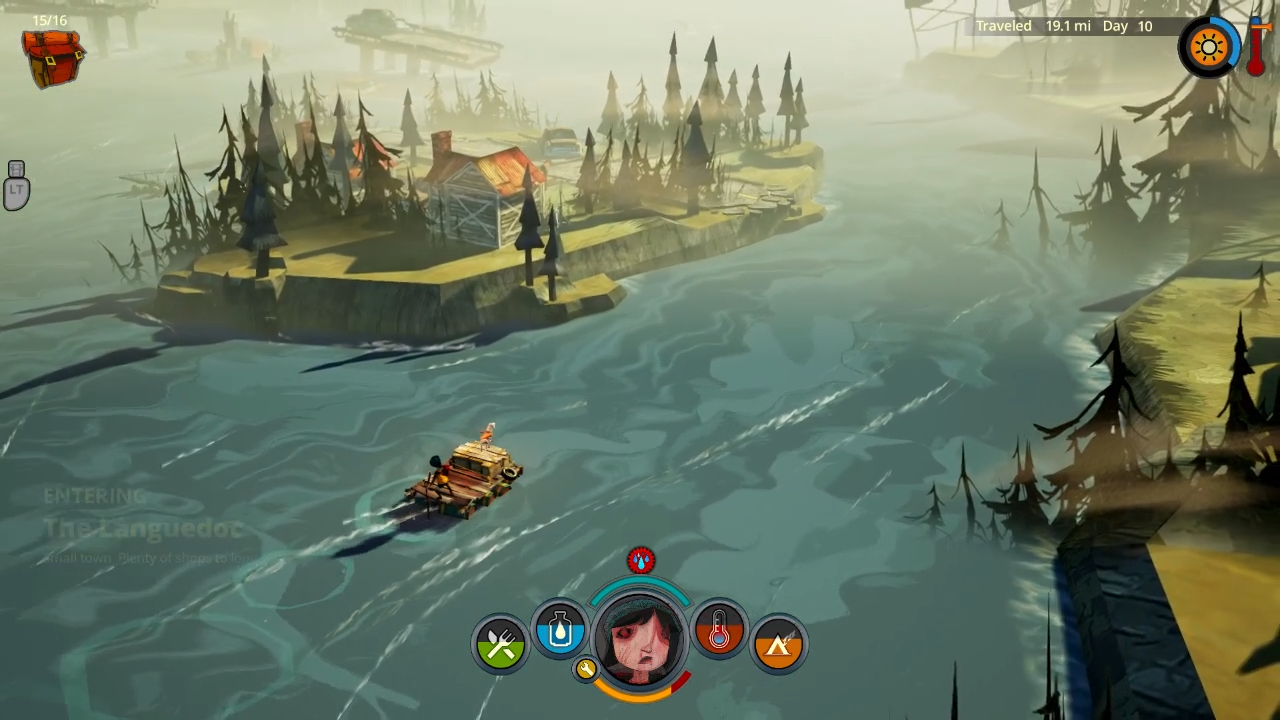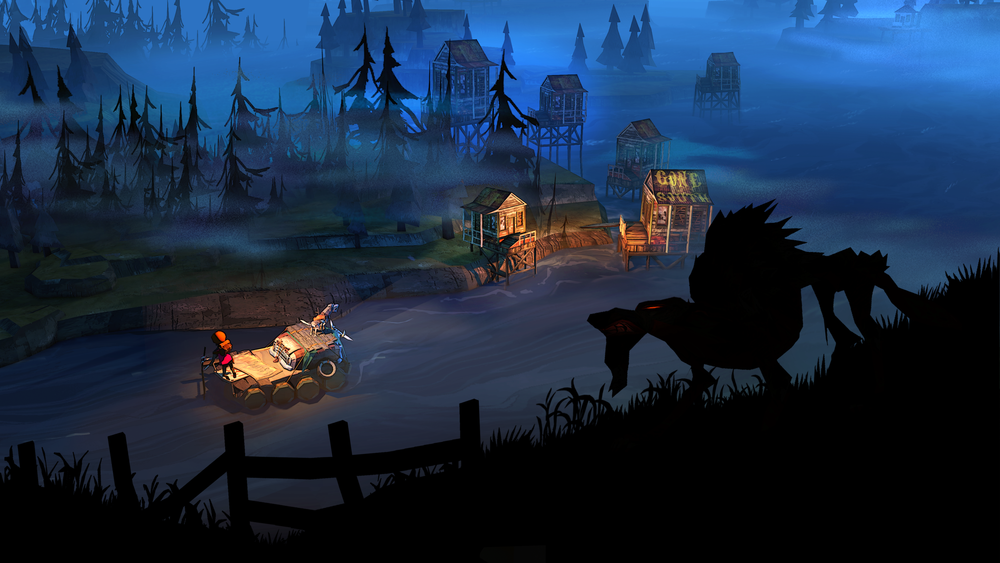To ride the river is to die a horrible death.
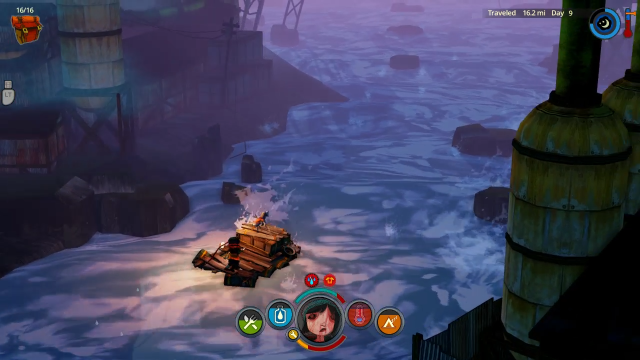
Developer: The Molasses Flood
Price: $19.99
Platform: PC, Mac
MonsterVine was supplied with PC copy for review
The Flame in the Flood is a rogue-lite birthed from the talented minds at The Molasses Flood. As industry veterans who worked on Bioshock Infinite, Halo and Guitar Hero, their Kickstarter project was a resounding success; earning almost twice their $150,000 goal. After a stint in Steam’s Early Access ironing out some wrinkles, The Flame in the Flood is about to launch its full release.
Out in the wilderness with no one but your canine companion, Aesop, you must tackle the raging river in nothing but a decrepit excuse for a raft. As you travel the flowing highway, cutting its way through this flooded post-apocalyptic future, you stop at docked locations to gather resources, craft items and rest your weary bones as this soggy journey is no cake-walk.
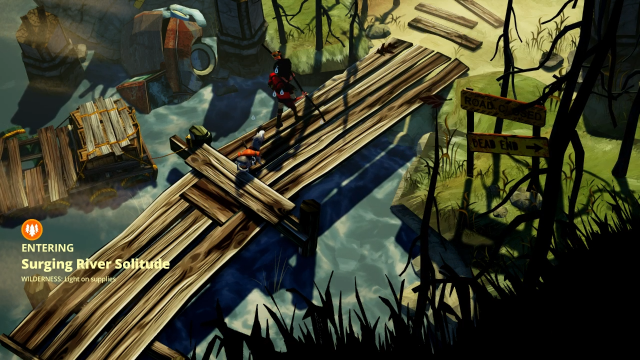
The Flame in the Flood has two game modes; Campaign and Endless. For reasons I will explain later, we’ll be analyzing the endless version first.
What we have here, when distilled down to its main components, is a management game. You are challenged to balance and maintain 5 different reducing values; hunger, thirst, temperature, rest and raft hit points. If any one of those values hit 0, it’s game over. Where the game comes into play is how to manage your resources in the most efficient way possible, enabling you to travel the furthest distance down the procedurally generated river.
There are locations peppered across coastlines and islands that allow a brief respite from the ebb and flow of white water. These locations are marked by different symbols that indicate the type of resources most likely to be found there. For example, camps have a high probability of containing flint and always have a lit fire available for use, whereas hardware stores are littered with nuts and bolts and have workbenches. This scattering of resources is made more interesting by the fact that each region of river is segmented in such a way that you are unable to visit all the sites; meaning you have to pick and choose which is most important based on your current inventory. Every once in a while you will run across a cache (basically a big blue postbox) that acts as a quest hub. Humdrum in nature, these quests are more about completing simple tasks like eating 6 corn, or crafting 2 tools. Once the goal is fulfilled you can return to a cache and receive a reward in the form of one or more items. There are threats in the wilderness as wolves, bears, poison ivy and ants will be looking to cause you harm. While treating any wounds quickly is paramount to success, the larger threats essentially act as barriers to you exploiting the area in which they reside. Quickly turning heel and running at the sight of 5 easily avoidable wolves is less thrilling when you are back on your raft with no food or items.
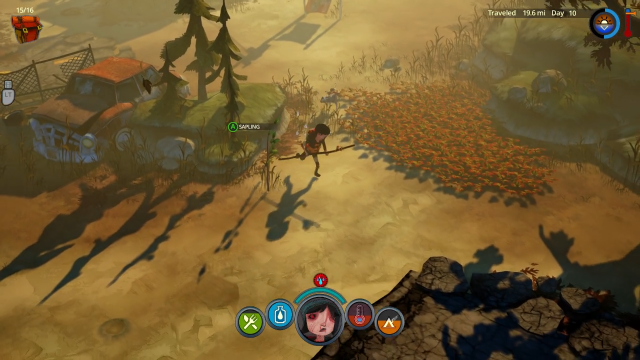
Like most survival games, crafting is never far away. Items you acquire are all ingredients to different recipes necessary to your survival. There is a sharp learning curve at the beginning as you try to wrap your head around the different combinations of items and what are crucial early game tasks. However, after a few short unsuccessful runs and appropriate knowledge digestion, things become much easier to handle. This is actually one of my major criticisms of The Flame in the Flood; once you pass that initial difficulty spike, the game is simple to the point of monotony, but more on that later.
The campaign, only now available in the full release, is quite a disappointment. The reason I tackled this second is because it’s barely any different to endless mode. You have a finish line of 10 regions and a pseudo quest that involves investigating a radio signal, which amounts to nothing but a sorry excuse for a set piece in the 5th region, essentially a massive non-event. Then you are offered another ethereal carrot-on-a-stick to follow, which is completely unnecessary and un-impactful. There is the addition of some NPCs that offer to gift or trade inconsequential items with you and while it adds a certain amount of flavour to the world, their interactions are hollow.
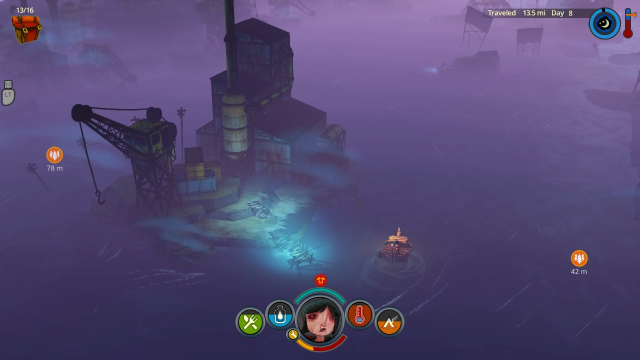
Graphically the game is rich with low polygon beauty. Colorful and full of detail, the landscape is a feast for the eyes, especially as you careen your raft down the frothing white water awash in the bright sun’s rays. Each area is visually striking with its own style, however with so many areas and so few assets, you’ll often encounter the same copy and pasted locations.
Country music artist, Chuck Ragan is behind the original score for the game. Easily one of the highlights, the music perfectly reflects the “out on the road” feel of the river rafting sections, all while keeping it desolate and melancholy. Even some of the tracks which included vocals, something I always find a little jarring in video games, aligned beautifully with The Flame in the Flood’s stylistic tone.
With all the important aspects covered, I’d like to get into some of my bigger concerns. As previously mentioned, The Flame in the Flood suffers greatly as soon as you become competent with its systems. The lack of depth in crafting and a small diversity of resources, means that soon you are simply going through the paces of keeping your stats up, repeating the same tasks ad nauseam. You are more likely to make a game-ending mistake out of complacency than any direct challenge.
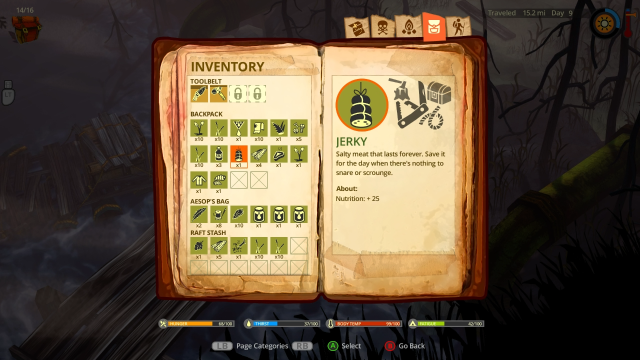
Item management is critical to survival games. So it surprises me at how awfully awkward The Flame in the Flood has handled it. There are three inventories; yours, Aesop’s and the rafts. Aesop is able to carry his between runs, meaning you can bolster your next run’s chances with top tier items if you’re on the brink of death. However, putting a certain item in Aesop’s bag and then picking up that same
item begins a new stack in your bag. This sounds like a simple issue, but when you are constantly collecting, crafting and filling your inventory with important stuff, getting pulled up every 2 minutes to reorganize your multiple bags is incredibly tedious.
There are a number of technical issues still prevalent in the full release. Things like adjusting the SFX volume which then cut out 90% of the sound files requires a reboot to fix. When combined with the fact there is no manual save option, I was left a fair way back in my travels with a very confused inventory. I also got stuck on the terrain multiple times, once so far as to be rafting on top of one of the large islands. Rest assured rafting on land always leads to drowning.
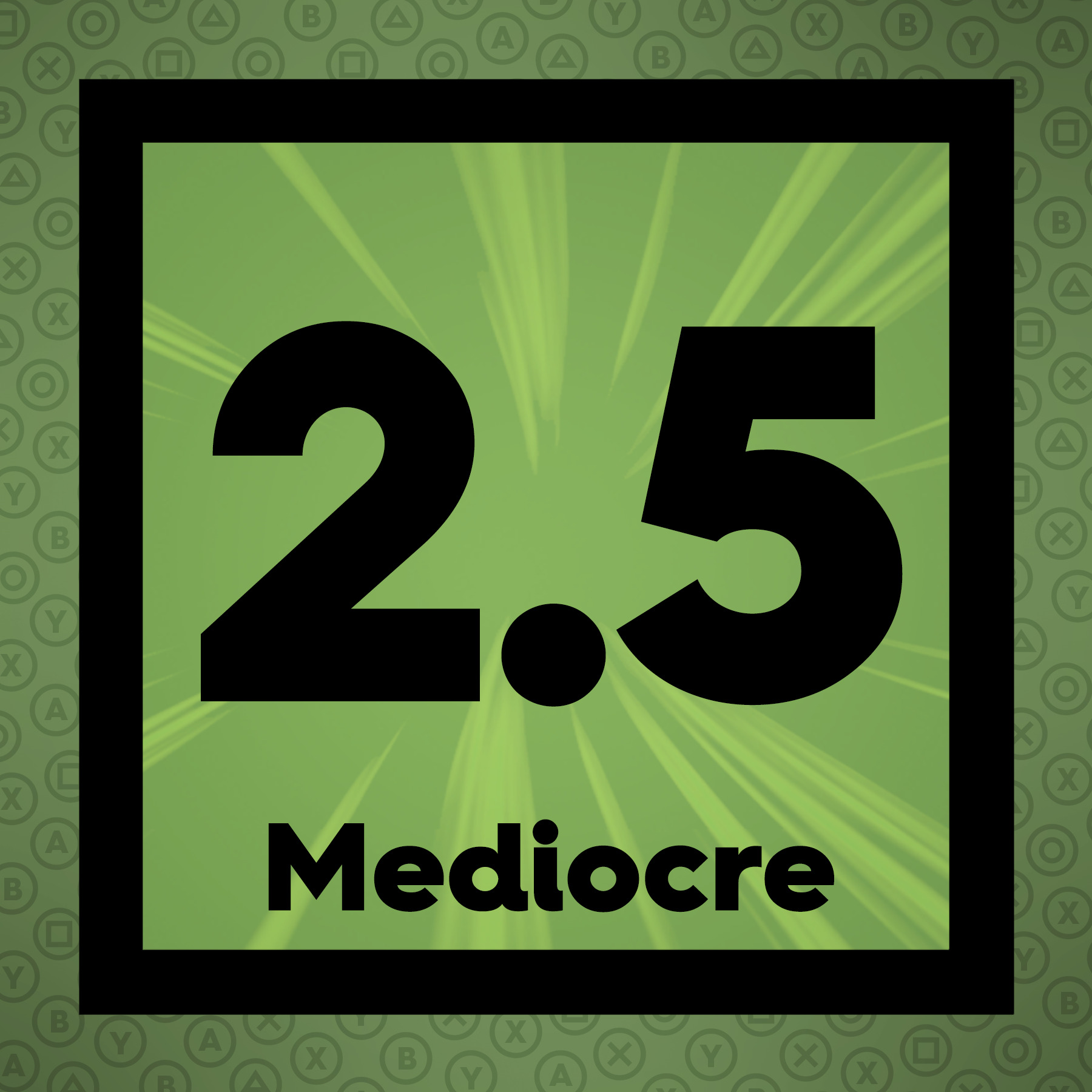 The Final Word
The Final Word
The Flame in the Flood is a beautiful rogue-lite that leans heavily on its charm and original concept. However, monotonous gameplay, simple crafting, very little world-building and a number of technical issues make it a taxing experience that I am in no hurry to revisit.
– MonsterVine Rating: 2.5 out of 5 – Mediocre

